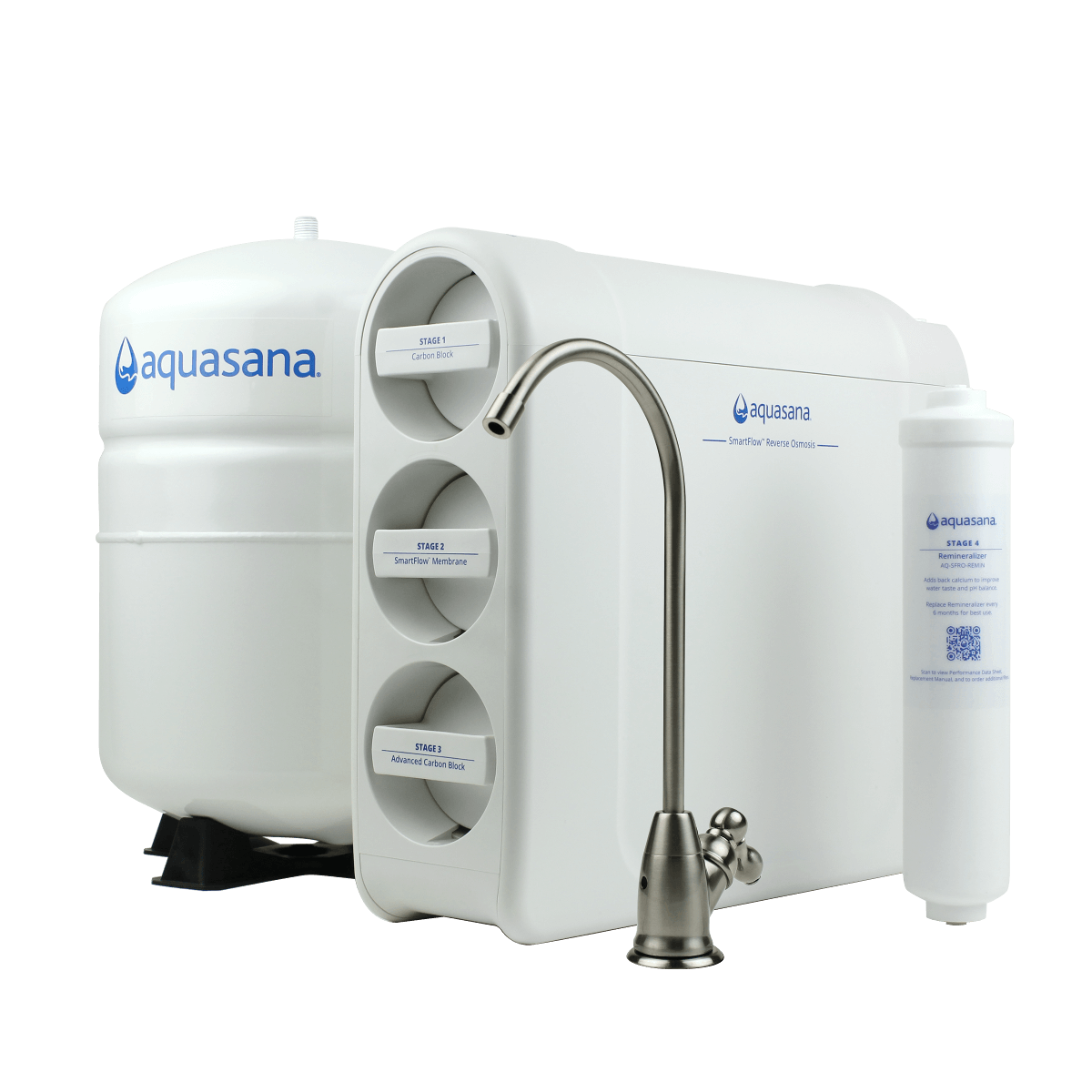This filter is certified by IAPMO to remove or reduce the following contaminants. For more details on removal rates, see the Performance Data Sheet.
Mercury, Lead, Arsenic, Barium, Cadmium, Chromium, Copper, Fluoride, Nitrate, Nitrite, Selenium, TDS, Turbidity, Perfluorooctanoic acid (PFOA), Perfluorooctane sulfonate (PFOS), Organic chemicals, VOCs, alachlor, atrazine, benzene, carbofuran, carbon tetrachloride, chlorobenzene, chloropicrin, 2,4-D, dibromochloropropane (DBCP), o-dichlorobenzene, p-dichlorobenzene, 1,2-dichloroethane, 1,1-dichloroethylene, cis-1,2-dichloroethylene, trans-1,2-dichloroethylene, 1,2-dichloropropane, cis-1,3-dichloropropylene, dinoseb, endrin, ethylbenzene, ethylene dibromide (EDB), Bromochloroacetontrile, Dibromoacetontrile, Dichloroacetontrile, Trichloroacetontrile, 1,1-dichloro-2-propanone, 1,1,1-trichloro-2-propanone, heptachlor (H-34, Heptox), heptachlor epoxide, hexachlorobutadiene, hexachlorocyclopentadiene, lindane, methoxychlor, pentachlorophenol, simazine, styrene, 1,1,2,2-tetrachloroethane, tetrachloroethylene, toluene, 2,4,5-TP (silvex), tribromoacetic acid, 1,2,4-trichlorobenzene, 1,1,1-trichloroethane, 1,1,2-trichloroethane, trichloroethylene, Trihalomethanes (THMs), Bromodichloromethane, Bromoform, Chloroform, Chlorodibromomethane, Xylenes, cyst, perchlorate, radium, selenium, chloramine, chlorine, meprobamate, phenytoin, atenolol, carbamazepine, TCEP, TCPP, DEET, Metolachlor, trimethoprim, ibuprofen, naproxen, estrone, bisphenol A, linuron, nonyl phenol



